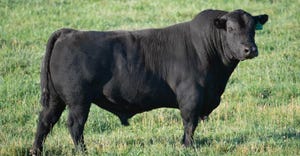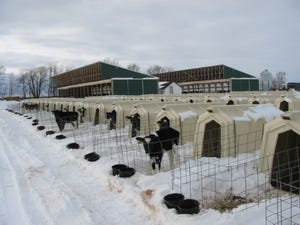'Megadrought' likely for western U.S. by end of century
A "megadrought" in the Southwest and Great Plains likely will occur late in this century, according to a new report by Cornell and NASA researchers.
February 12, 2015

A "megadrought" in the Southwest and much of the Great Plains likely will occur late in this century, and it could last for three decades, according to a new report by Cornell University and National Aeronautics & Space Administration (NASA) researchers in the journal Science Advances, published Feb. 12.
"The results were striking. As a society, we've weighted the dice toward megadrought. Data clearly point to a high risk in the Southwest and Great Plains, as we continue to add carbon dioxide into our atmosphere," said Toby Ault, Cornell associate professor of earth and atmospheric sciences. "However, if we manage to get serious about lowering greenhouse gases within the next 10 years, we could face a lower risk."
With a drier future and higher regional temperatures amplifying possible late-century droughts, the situation presents a major adaptation challenge for managing the region's water needs, explained Ault, who along with NASA's Benjamin Cook and Jason Smerdon, published their new study, "Unprecedented 21st Century Drought Risk in the American Southwest and Central Plains Drought Risk in Western North America."
By examining tree rings and other physical clues, previous research had identified a period of time called Medieval Climate Anomaly — from 1100 to 1300 — when megadroughts were more common. By analyzing data from 17 state-of-the-art global climate models, the researchers determined that western North America's future drought risk exceeded even the driest centuries of the Medieval Climate Anomaly.
"Hurricanes and tornadoes are natural hazards and they strike fast. A megadrought is a natural hazard, but it unfolds slowly — over a period of decades," Ault said. "It's just another natural hazard and one we can manage.
"The time to act is now. The time to start planning for adaptation is now," he said. "We need to assess what the rest of this century will look like for our children and grandchildren."
You May Also Like

.png?width=300&auto=webp&quality=80&disable=upscale)

